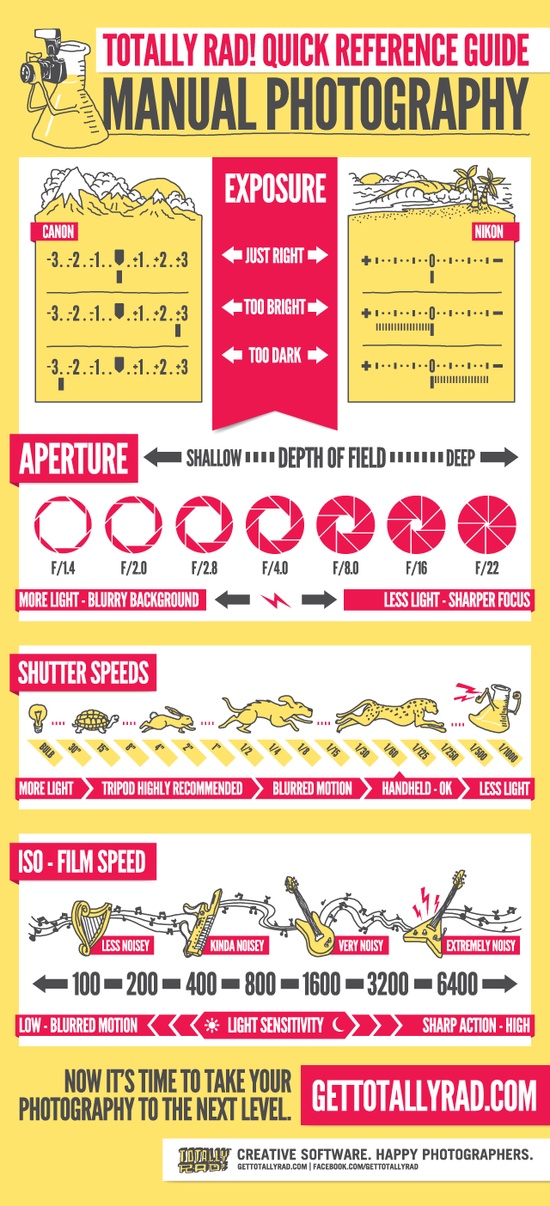What Every Digital Photographer Should Find Out About Lights
What Every Digital Photographer Should Find Out About Lights
Blog Article
Write-Up By-Futtrup Olsson
As a digital photographer, you recognize that lighting can make or damage your images. Understanding the subtleties of both natural and synthetic light is essential for recording the state of mind and clearness you go for in your job. Whether you're chasing the perfect golden hour radiance or adjust your man-made arrangements, grasping these elements can raise your digital photography dramatically. But there are common risks that numerous forget, and acknowledging them can change your technique to every shoot. Let's explore what you might be missing out on and how it can impact your outcomes.
Comprehending Natural Light
Recognizing natural light is important for any kind of digital photographer aiming to enhance their work. It's the structure of fantastic digital photography, influencing state of mind, tone, and quality. When you fire outdoors, focus on the time of day. The gold hour-- soon after sunrise and before sundown-- offers soft, warm light that can change common scenes right into spectacular pictures.
Don't underestimate the power of overcast days. Cloud cover diffuses sunshine, creating a soft, even light that's best for pictures and macro photography. You'll find colors appear this kind of lighting without extreme darkness.
Placing matters, also. Constantly consider your topic's positioning to the light. If the sun's behind your subject, you may end up with a shape, which can be dramatic yet mightn't be what you want. On the other hand, direct sunshine can produce unflattering darkness.
Try out angles; occasionally, transforming your viewpoint can yield fantastic outcomes. Usage all-natural reflectors, like water or sand, to jump light onto your subject, including measurement.
Learning Artificial Light
Grasping man-made light is vital for professional photographers that intend to take their skills to the following level. Whether you're using speedlights, workshop strobes, or continual lights, comprehending exactly how to control these resources can considerably boost your photos.
Begin by https://petapixel.com/2015/12/22/10-tips-for-successful-street-photography/ on your own with the fundamentals of light quality, instructions, and shade temperature level. Experiment with different modifiers like softboxes, umbrellas, or grids to control the softness or violence of the light.
You'll discover that soft light typically develops lovely results, while harsher light can add drama and depth. Don't avoid shadows; they can enhance the three-dimensionality of your topics.
Pay attention to the placement of your lights. A light positioned too near your topic can create unflattering outcomes, while also away can lead to a lack of information. Utilize a light meter or your video camera's pie chart to guarantee you're exposing properly.
Last but not least, keep in mind that fabricated light can be blended with ambient light for imaginative effects. Stabilizing these resources may take practice, once you master it, your photography will absolutely beam.
Strategies for Various Scenarios
When you step into different capturing scenarios, adapting your lighting strategies is essential for capturing the very best pictures. For outside portraits, make use of the golden hour-- morning or late afternoon light-- to soften darkness and improve skin tones.
If it's a rough lunchtime sunlight, consider making use of a reflector to jump light back onto your topic or look for shaded areas for a more also direct exposure.
In low-light situations, like indoor events, enhance your ISO and make use of a broad aperture to allow in even more light. A tripod can assist remove video camera shake, permitting longer direct exposures without obscuring.
If you're shooting at evening, explore off-camera flash to produce vibrant lights and deepness in your images.
For product digital photography, make use of diffused illumination to prevent harsh reflections. Softboxes or light outdoors tents can help achieve this result.
When photographing landscapes, think about the instructions of light and time of day, as it can considerably transform the mood of your shot.
Constantly prepare to readjust your settings and positioning based on the situation, as adaptability is key to grasping lights in photography.
https://writeablog.net/ellsworth07tanna/innovative-photography-ideas-releasing-your-creative-imagination , understanding lighting is key to boosting your photography abilities. Embrace natural light's charm during gold hour, and don't avoid explore artificial light methods. By adapting your technique to different situations, you'll capture spectacular pictures that resonate with feeling and clarity. Remember, the best illumination can transform a common shot into something remarkable, so maintain exercising and refining your understanding of both all-natural and man-made light. Pleased capturing!
